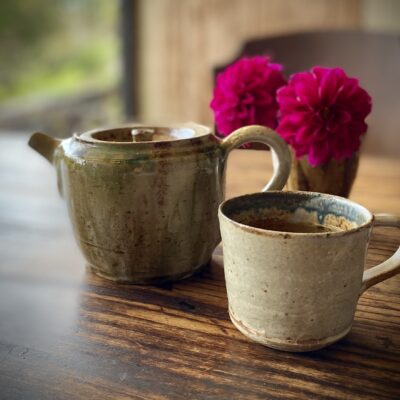
by Leila Lees | Feb 16, 2016 | Uncategorized
I was met in London by a tree. I had just arrived, slightly bedraggled into Charing Cross station. Missed and found, amongst the crowds, my friend Belle and together started to meander. When you come to a place for the very first time, a thousand tourists cannot lessen the sensation of arrival into a new land and also an old land, the tangible London touching the London of my imagination made up by artists and writers and rhymes.
In that state of sensory expansion, an oak tree standing alone outside Kensington abruptly caught my gaze.
Uncannily aware I was observed, observing it observing me, extraordinarily alive.
Oaks, I read, take time to mature and live to 700 years old, they are enduring and firmly rooted. I am told that my ancestors lived in the same place for thousands of years, in Clarksfield, Oldham. My part of the family left to sail to Christchurch New Zealand. I imagined my ancestors like trees, lifting up their roots, a sailing ship with an odd assortment of trees. There is a wisdom in endurance, the ability to withstand the elements, both physically and spiritually.
There’s an oak at Judges Bay, Auckland. It’s a tree that will overlook you, so that you tend to place your back towards the trunk.
You look over the harbour with it, a companionable silence, although there is a sense it is looking further than you can see.
The bark is woven with a tight weave. In finding oak I find that there are at least 200 species all unified by the creation of the unusual acorn.
 I see my family in the manner of trees, they put down roots and stay. There is a love of land, an anchoring into a place like roots into the earth. I may come and go but I belong to where these roots go down. My aunts and uncles found their place and tended to settle, one aunt lived in the same house her entire married life, my parents similarly settled in Piripai, Whakatane.
I see my family in the manner of trees, they put down roots and stay. There is a love of land, an anchoring into a place like roots into the earth. I may come and go but I belong to where these roots go down. My aunts and uncles found their place and tended to settle, one aunt lived in the same house her entire married life, my parents similarly settled in Piripai, Whakatane.
In London it was like I went from tree greeting to tree greeting. I didn’t hug them, rather well met, a shared acknowledgement. Each encounter I was affected, being touched in an other-worldly way, a blur of edges. They let me see them through the eye of the camera, each tree held its own individuality intact, apart of place, of weather and season.

The door was opened to the trees and unexpectedly there were characters showing up. This tree appeared dotty and gorgeous. In meeting her, Belle and I started laughing. The words that came to describe her jumped out at me whilst perusing an old book called the movies published in 1957 describing the role Mary Gardner played in the movie the splendid sinner.
It was the words abandoned minx that got me grinning. On second take I also felt the grace of eccentric joy and it touched me, open-hearted.

In contrast I named this tree the hunker munker tree I also thought of it as the sideways glance tree, where if one looked in a particular way of looking you could sense a door to the otherworld. A border between dimensions, where there is an experience of breakdown of identity, a merging, where the definition of either side becomes blurred.
Time, a different pace emerges, a reminder of dimensional existence amongst the human intensity in the centre of London.
I began to wonder how the forest originally stood here. A community of trees, its relationships with people, the flooding Thames and I wondered how they fared in the great frost that Virginia Woolf described in Orlando where the ‘birds froze in mid air and fell like stones to the ground.’
Trees naturally create forests, they gather together, in abundance and in difficult circumstance. I grew up with the kanuka as the only major tree in the sand dune. When they grew in the hollows they were leggy and close together, usually in a line as if they were following a crease in the fold of the land. On the wind strewn dune closer to the sea they would push their back to the wind, bending where the muelenbeckia crept over it. Underneath was cool dark sand, a hidden place that you could crawl into, sheltered from the wind and the sun.
John Fowles in his essay the tree describes the essence of trees being a community and the wider impact and inter-connected experience of an ecosystem.
“In a wood the actual visual ‘frontier’ of any one tree is usually impossible to distinquish, at least in summer. We feel, or think we feel, nearest to a trees ‘essence’ (or that of its species) when it chances to stand like us, in isolation; but evolution did not intend trees to grow singly. Far more than ourselves they are social creatures, and no more natural as isolated specimens than man is as a marooned sailor or a hermit. Their society in turn creates or supports other societies of plants, insects, birds, mammals, micro – organisms; all of which we may choose to isolate and section off, but which remain no less the ideal entity, or whole experience, of the wood – “
 There is a pleasure to lie on the ground and look up at the forest canopy to see the branches working round each other.
There is a pleasure to lie on the ground and look up at the forest canopy to see the branches working round each other.
Sometimes I would soften my vision to see the small auras around each twig, shaping the space, creating a pattern of growth.
We started to walk towards the National Gallery on the way we saw a squirrel flagrantly lie back in the arms of a tree as if the warm afternoon sun was to be savoured.
Squirrels and jays serve as the seed dispersal agents for oaks because acorns are too heavy. It’s called scatter hoarding where the squirrel and the jay make hoards of acorns in all variety of locations, they also retain large mental maps of cache locations. Luckily for the trees the odd acorn may get lost and once an acorn sprouts they are less nutritional.

As we walked I happened to look to my right in time to see a tree with a distinct animal face. It was remarkable, it was an oak. In an unexpected way I entered London through its trees.
The following images are of the trees in Knole Park, Seven Oaks, just south of London. I always wondered if there was a word that describe those abnormal spherical, twisted gargole like protrusions in the truck and along branches and I found the word its called a burl. Burls are formed when bud growth cells deviate by dividing into many directions. The bark on the burl will often appear coarser and inside the grain is twisted and very compact.


.

by Leila Lees | Jun 17, 2015 | Uncategorized
Deah found two Minke whales washed up dead on Waikawa beach last week on the Kapiti coast. She wrote this poem after finding the second whale.  Minke Whale – Dead In life she cruised the oceans deep Sieving time as with the tides. Awakened, untouched in her element Fulfilled and for-filling purpose Solitary Free. She looked as Minke looks, Of fat, length, flippers long, dorsal curved. Bullet head, baleen filters, grooved throat. And carrying unborn calf. She ingested mans dross For she encountered so few and knew little of their way. Innocent, Trusting Alive on the waves Curious of man And now dead She died on beach, Throat clogged. Bulldozer ripped from element water. Dragged with no ceremony Jaw removed Unmarked grave Duveted by dune. Crisscrossed tracks Wind to remake her bed. And long dead.
Minke Whale – Dead In life she cruised the oceans deep Sieving time as with the tides. Awakened, untouched in her element Fulfilled and for-filling purpose Solitary Free. She looked as Minke looks, Of fat, length, flippers long, dorsal curved. Bullet head, baleen filters, grooved throat. And carrying unborn calf. She ingested mans dross For she encountered so few and knew little of their way. Innocent, Trusting Alive on the waves Curious of man And now dead She died on beach, Throat clogged. Bulldozer ripped from element water. Dragged with no ceremony Jaw removed Unmarked grave Duveted by dune. Crisscrossed tracks Wind to remake her bed. And long dead.

by Leila Lees | Apr 28, 2015 | Uncategorized
 We are deeply impacted by land, land influences us as we grow as children, it will mould community, create patterns of ritual, of survival and culture.
We are deeply impacted by land, land influences us as we grow as children, it will mould community, create patterns of ritual, of survival and culture.
As a culture we need to acknowledge that fundamental relationship rather than keep in separation from it.
We impact land through our mind, our emotions and through how we change it physically to suit our requirements.
Land healing will be required for the following reasons; where there has been any distortion of energy by humans for their own power or protection in the past, where there has been bullying/abuse creating suppression and fear, addictive behavior, depression, and hatred. Where there has been battle, violent death, accidental death and suicide and where there has been an overriding use of land without reference to the natural landscape.
Our ability to create form through thoughts, means that energy may need to be cleared regularly in offices, schools, therapy rooms and public places like council meeting rooms, retail stores and libraries.
Because we are not a culture practiced in the awareness of energy, we tend to shut down our awareness of it or be in reaction to it.
Just like any form of healing practice, we need to bring awareness to ourselves how we are in landscape, so we are aware of our own separation and projection.
 So we need to look at our relationship with land, in this we may see what our relationship is with natural resources, the marking of boundaries on land and what our personal emotional response is to land. This creates identity and we also have cultural identity to land. We may not be aware of our projection of identity and how this may influence our ability to be with a particular place. The projection of identity is so powerful that newcomers to a land, will project on top of that land what they are familiar with and identify with. This is colonization of land, there is no co-creative relationship, the relationship is one of domination and this has the greatest impact on land.
So we need to look at our relationship with land, in this we may see what our relationship is with natural resources, the marking of boundaries on land and what our personal emotional response is to land. This creates identity and we also have cultural identity to land. We may not be aware of our projection of identity and how this may influence our ability to be with a particular place. The projection of identity is so powerful that newcomers to a land, will project on top of that land what they are familiar with and identify with. This is colonization of land, there is no co-creative relationship, the relationship is one of domination and this has the greatest impact on land.
So we begin with our approach to land
Protocol
Imagine you’re at home one day and a complete stranger walks into your home, without knocking on the door or even being aware there might be a door. He doesn’t even see you, it’s like you are completely invisible to him. You start to try and attract his attention. “Hey what are you doing here?” he can’t hear you or see you. He starts removing things; pushing stuff out of the way, he has tools; he starts to break up the floor boards because he’s interested in seeing what’s underneath.
Or imagine this scenario
A stranger walks into the house; he actually trips over the doorstep. He sees you for a moment gets a fright, closes his eyes. He then blocks his ears and starts humming loudly. He then opens his eyes and starts talking to the ornate dining table that you inherited from your mother in law. He tells the table he understands that he has a very special role here. Then suddenly lifts up the table, he is in a hurry and goes out the door, it’s quite a heavy burden but he knows he is up for the job. It’s a bit difficult getting it through the door but he manages it by taking the door off the hinges. You are wondering what he is doing you try to pull him back, he starts to use more force so you let him go with the table.
Protocol in land healing starts with your approach and your intention. There is a powerful intelligence that you are working with and it can read your intention a mile off. Think about where you should begin on the land and even where you should leave the car. When you come onto the land pause and go quiet. Imagine that you are visiting somebody, you are entering their house and so what you want to do is be really respectful to how that person is living. You knock on the door and they invite you in. That’s how it should be when you enter into land. In this way you will be allowed in. I have seen situations where people create an illusion of power and energy but in fact they haven’t entered into the deeper aspects of the land, which will gift you back immeasurably. This is about a relationship. The first approach to land is to arrive in a state of listening.
 Begin with Greeting, a sign of welcome or recognition, to receive or acknowledge.
Begin with Greeting, a sign of welcome or recognition, to receive or acknowledge.
I open myself to connect with you. I allow space and time for you to come forward to meet me. I acknowledge I do not know you, so that I am able to listen and see with new ears and eyes. I am here, I am not needing to be any where else
This is the nature of greeting. It is about connection. When we connect there is a two-way movement. There is a lovely dance with connection where two people very slowly allow their forefingers to slowly connect. It’s the practise of connection, the focus of it is also allowing an insight into the consciousness of the etheric to connect as well, the slowness of this play of connection pulls away at our barriers and protections. Oddly the slowest most respectful connection may feel vulnerable, as to see is to be seen.
Take the time to greet and thank the guardian of the land, the trees, the animals, the birds and recognise that we are part of everything. It is important to begin simply.
Look at what the wind is doing, observe where the pre-dominate wind is, you can do this by observing the trees, how they grow, trees will ‘create a back’ to the wind, like someone turning their back to the wind and curving over to try to open an umbrella. Trees are worth while observing, check out the predominate species, they will give a sense of the essence of place and to feel the essence of the place is crucial in land healing.
Take time to connect to the soil and the rocks. Smell and taste the minerals. Lie back and look up at the sky, hang out with the overview. If there is a hawk, imagine you are flying with it feel the lift of the wind, the hill formations, the valleys and the plains. Come to land, be with the plant world, the skin of the earth and then observe the trees again. What trees attract your attention, look at where they are positioned? I work with trees often in land healing; they are already helping energetically as well as creating healthy ecosystems. Observe the waterways how they are flowing, how they have been changed. This also impacts the flow of the energy of the land. Check where the directions are.
This will open the doorway to be allowed in.
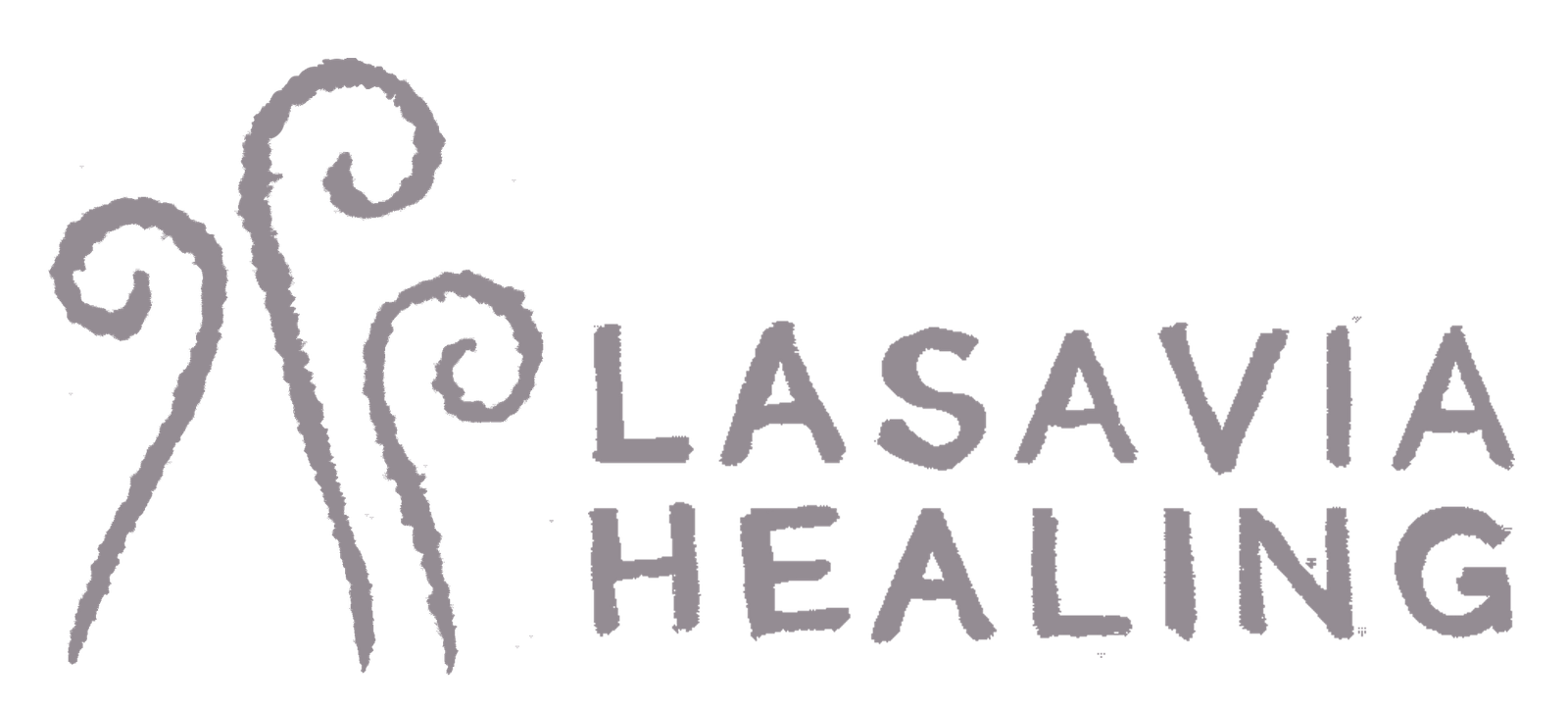
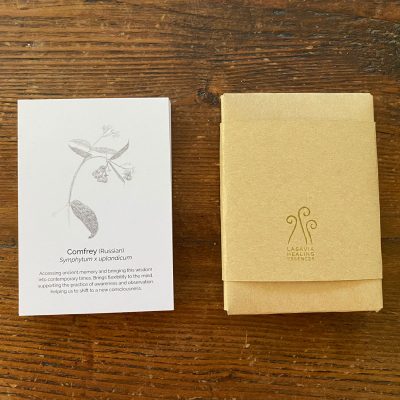












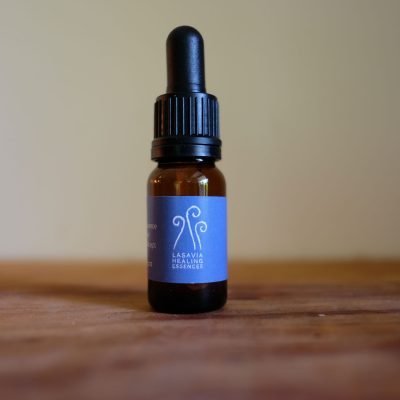




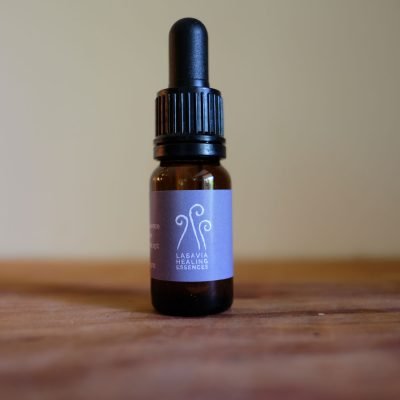
 Developing a more intimate relationship with the wild weeds in our own back gardens is to discover rich, forgiving and abundant friends. It is with the greatest pleasure that I made these particular remedies, I was surprised by their potency and their service to humankind. Some of these essences felt like a joyful shouting in my ear. It was hard for me to weed the vegetable gardens without some kind of general explanation to them about giving space to broccoli, or rows of carrots. I feel enriched by my relationship with these plants and in many ways feel their essence bringing me into life.
Developing a more intimate relationship with the wild weeds in our own back gardens is to discover rich, forgiving and abundant friends. It is with the greatest pleasure that I made these particular remedies, I was surprised by their potency and their service to humankind. Some of these essences felt like a joyful shouting in my ear. It was hard for me to weed the vegetable gardens without some kind of general explanation to them about giving space to broccoli, or rows of carrots. I feel enriched by my relationship with these plants and in many ways feel their essence bringing me into life.
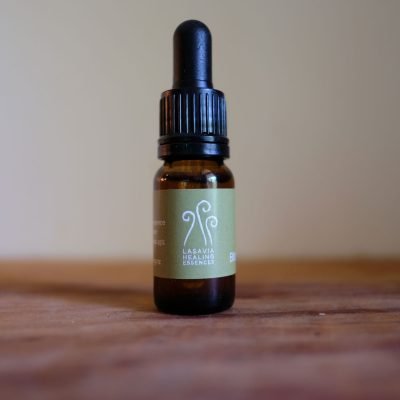

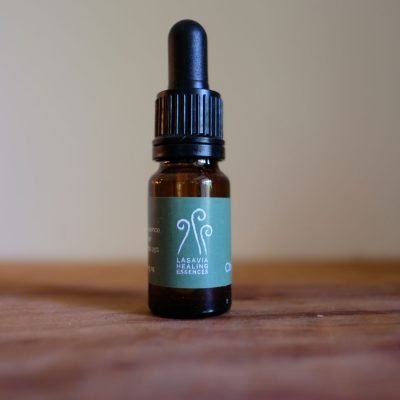




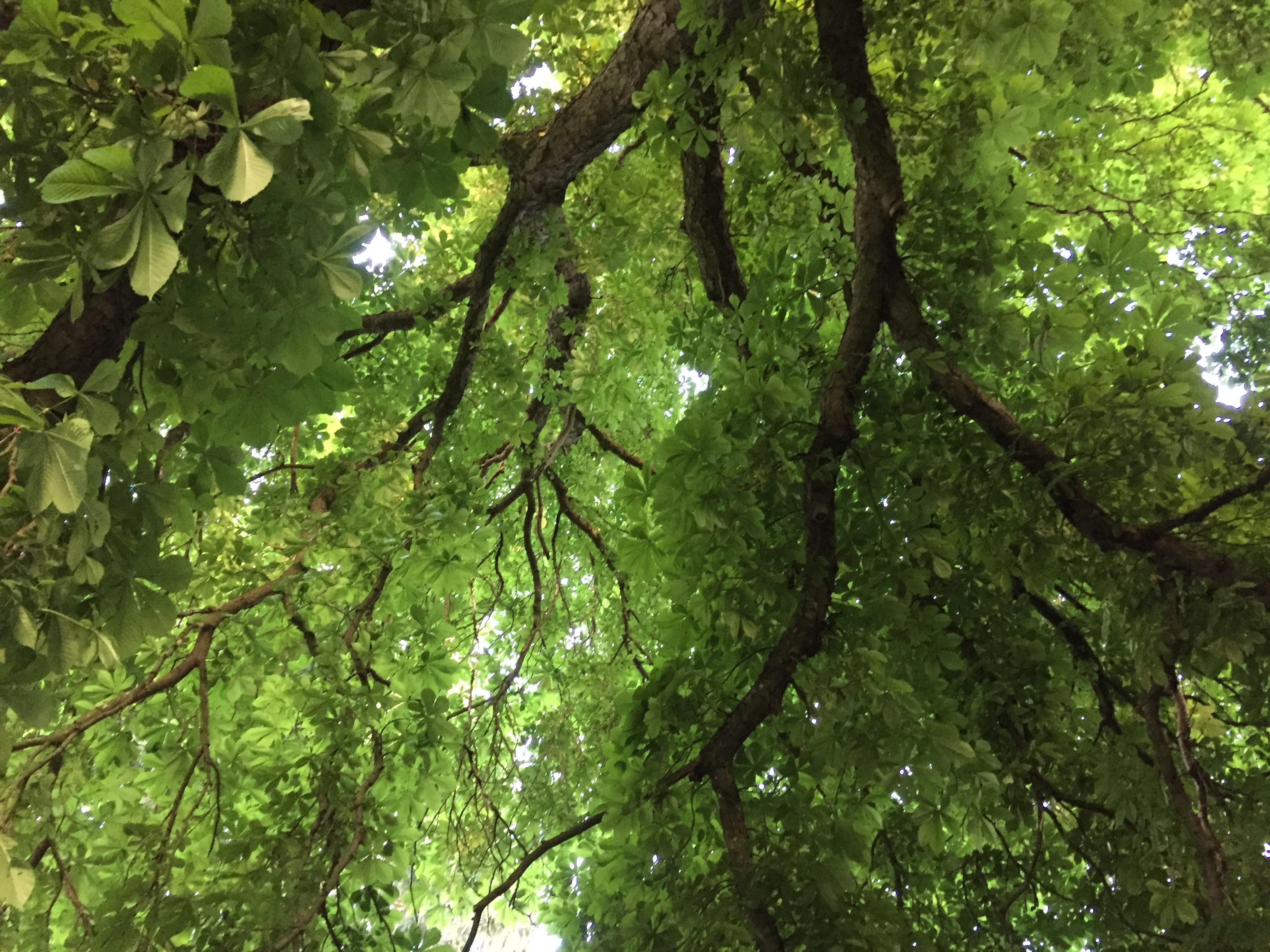

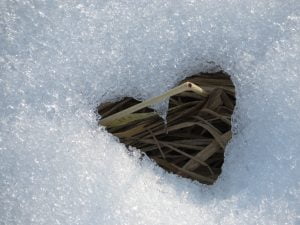 Excerpt from The Ethical Foundation for Lasavia Healing: An invitation to partake in an exploration of ethics for the community of Lasavia Healing, by Leila Lees
Excerpt from The Ethical Foundation for Lasavia Healing: An invitation to partake in an exploration of ethics for the community of Lasavia Healing, by Leila Lees I see this document as living and I invite everyone who is moved to, to put forward your own dialogue around your personal ethics in what you do and for the ethics of Lasavia Healing as an organisation. I also see this document as unfinished and I accept that.
I see this document as living and I invite everyone who is moved to, to put forward your own dialogue around your personal ethics in what you do and for the ethics of Lasavia Healing as an organisation. I also see this document as unfinished and I accept that. While this means that ethics are needed everywhere, and in everything we do, it is much easier to see how we are doing if we have a specific area of focus. This is why we need to name, not just the ethical code but also the particular practices and relationships it refers to: There may be one code of ethics for membership of a community, while there might be another code for teaching students Shamanism or for working with clients. The universal principles are most likely the same, but the ways they express themselves in our individual practices need specific attention if we want to know how to translate the moral into daily life.
While this means that ethics are needed everywhere, and in everything we do, it is much easier to see how we are doing if we have a specific area of focus. This is why we need to name, not just the ethical code but also the particular practices and relationships it refers to: There may be one code of ethics for membership of a community, while there might be another code for teaching students Shamanism or for working with clients. The universal principles are most likely the same, but the ways they express themselves in our individual practices need specific attention if we want to know how to translate the moral into daily life. I have always been thoughtful around rules that govern our behaviour. I have seen the terrible impact of righteousness on a group, ostracising and splitting people from family, friends and community. I have witnessed how righteousness could warp the notion of ethics by shaming and focusing on one
I have always been thoughtful around rules that govern our behaviour. I have seen the terrible impact of righteousness on a group, ostracising and splitting people from family, friends and community. I have witnessed how righteousness could warp the notion of ethics by shaming and focusing on one  In writing this document for Lasavia Healing, I bring forward the purpose of Lasavia, the structure and parameters of the teaching, the values of Lasavia and some thoughtful reflections around my own journey through teaching, facilitating and participating in spiritual, shamanic, therapy and improvisation groups. I also look at natural laws or cosmic laws – I want to bring this up for discussion as when we work in accordance to these laws it may impact how we define our personal ethical approach to our own lives.
In writing this document for Lasavia Healing, I bring forward the purpose of Lasavia, the structure and parameters of the teaching, the values of Lasavia and some thoughtful reflections around my own journey through teaching, facilitating and participating in spiritual, shamanic, therapy and improvisation groups. I also look at natural laws or cosmic laws – I want to bring this up for discussion as when we work in accordance to these laws it may impact how we define our personal ethical approach to our own lives.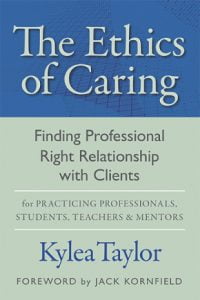
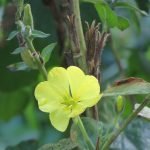 In practice, an ethical document for an organisation, although appreciated in principle, can become an abstract document. An ethical foundation needs to be alive and the only way I see this to be alive and connected to people is for people to participate and contribute to the ethical foundation. Firstly this can happen by people finding and landing within themselves their own set of values, what is innate in them and how do they translate those values into their everyday lives. I realise the importance of this because the fundamentals of what the Lasavia Healing Course is about, is about transformation, and this happens through an evolution of consciousness and this is about our lives.
In practice, an ethical document for an organisation, although appreciated in principle, can become an abstract document. An ethical foundation needs to be alive and the only way I see this to be alive and connected to people is for people to participate and contribute to the ethical foundation. Firstly this can happen by people finding and landing within themselves their own set of values, what is innate in them and how do they translate those values into their everyday lives. I realise the importance of this because the fundamentals of what the Lasavia Healing Course is about, is about transformation, and this happens through an evolution of consciousness and this is about our lives.

 I see my family in the manner of trees, they put down roots and stay. There is a love of land, an anchoring into a place like roots into the earth. I may come and go but I belong to where these roots go down. My aunts and uncles found their place and tended to settle, one aunt lived in the same house her entire married life, my parents similarly settled in Piripai, Whakatane.
I see my family in the manner of trees, they put down roots and stay. There is a love of land, an anchoring into a place like roots into the earth. I may come and go but I belong to where these roots go down. My aunts and uncles found their place and tended to settle, one aunt lived in the same house her entire married life, my parents similarly settled in Piripai, Whakatane.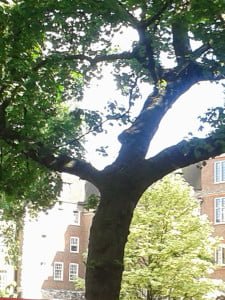
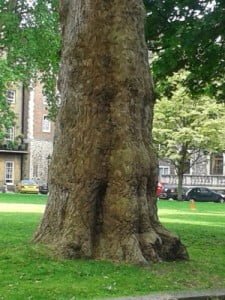
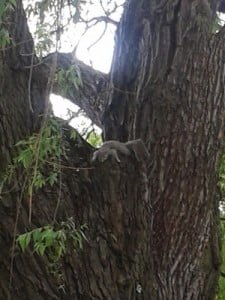 There is a pleasure to lie on the ground and look up at the forest canopy to see the branches working round each other.
There is a pleasure to lie on the ground and look up at the forest canopy to see the branches working round each other.
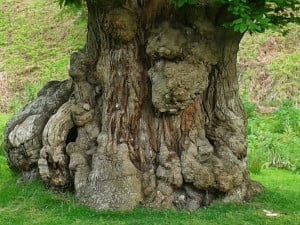
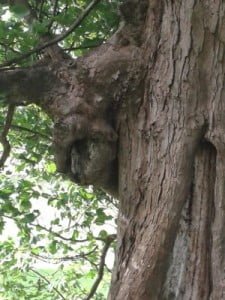
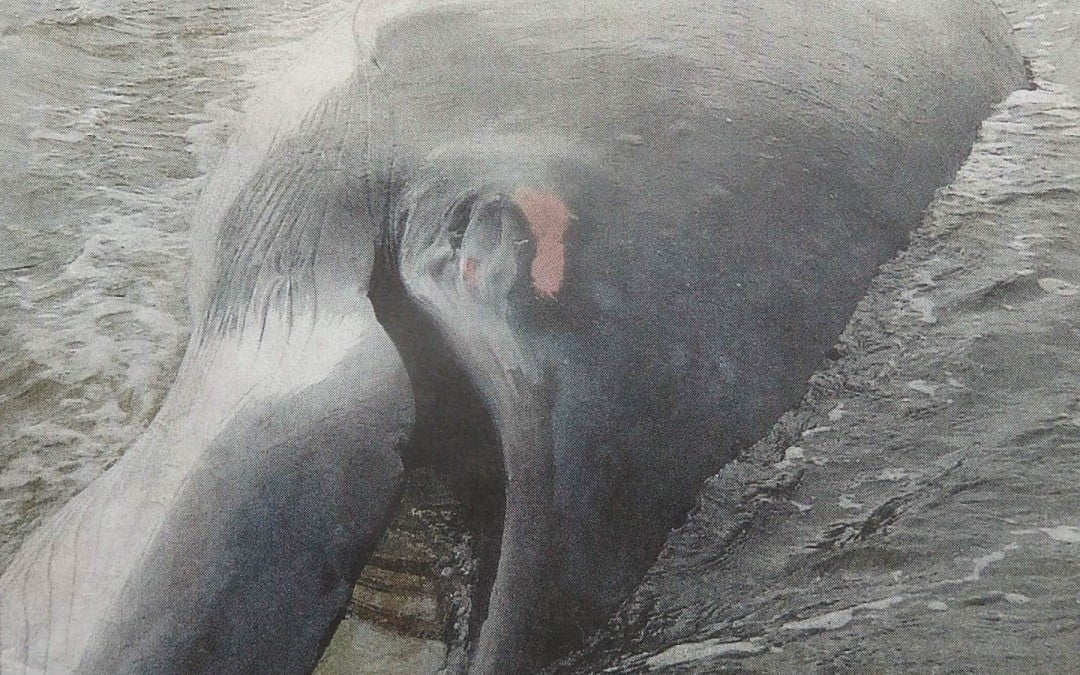
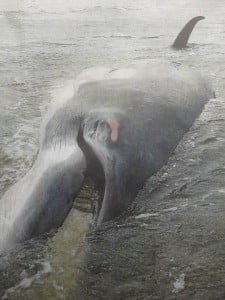 Minke Whale – Dead In life she cruised the oceans deep Sieving time as with the tides. Awakened, untouched in her element Fulfilled and for-filling purpose Solitary Free. She looked as Minke looks, Of fat, length, flippers long, dorsal curved. Bullet head, baleen filters, grooved throat. And carrying unborn calf. She ingested mans dross For she encountered so few and knew little of their way. Innocent, Trusting Alive on the waves Curious of man And now dead She died on beach, Throat clogged. Bulldozer ripped from element water. Dragged with no ceremony Jaw removed Unmarked grave Duveted by dune. Crisscrossed tracks Wind to remake her bed. And long dead.
Minke Whale – Dead In life she cruised the oceans deep Sieving time as with the tides. Awakened, untouched in her element Fulfilled and for-filling purpose Solitary Free. She looked as Minke looks, Of fat, length, flippers long, dorsal curved. Bullet head, baleen filters, grooved throat. And carrying unborn calf. She ingested mans dross For she encountered so few and knew little of their way. Innocent, Trusting Alive on the waves Curious of man And now dead She died on beach, Throat clogged. Bulldozer ripped from element water. Dragged with no ceremony Jaw removed Unmarked grave Duveted by dune. Crisscrossed tracks Wind to remake her bed. And long dead.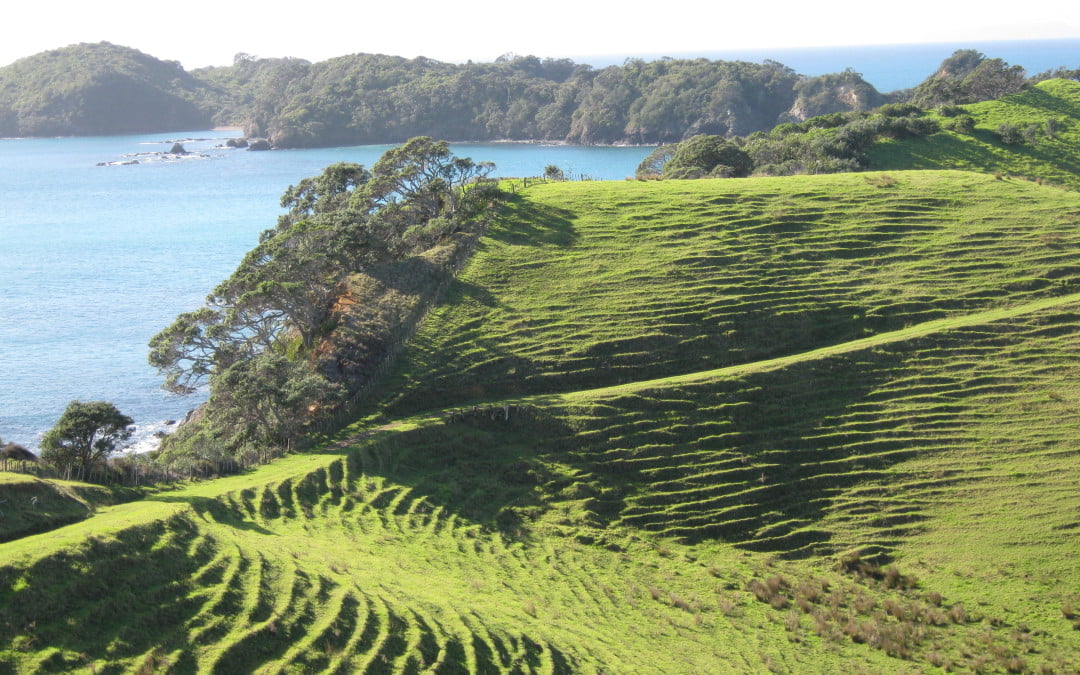
 We are deeply impacted by land, land influences us as we grow as children, it will mould community, create patterns of ritual, of survival and culture.
We are deeply impacted by land, land influences us as we grow as children, it will mould community, create patterns of ritual, of survival and culture.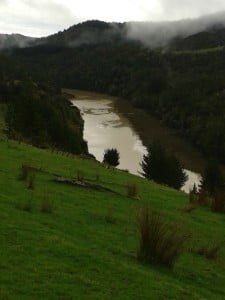 So we need to look at our relationship with land, in this we may see what our relationship is with natural resources, the marking of boundaries on land and what our personal emotional response is to land. This creates identity and we also have cultural identity to land. We may not be aware of our projection of identity and how this may influence our ability to be with a particular place. The projection of identity is so powerful that newcomers to a land, will project on top of that land what they are familiar with and identify with. This is colonization of land, there is no co-creative relationship, the relationship is one of domination and this has the greatest impact on land.
So we need to look at our relationship with land, in this we may see what our relationship is with natural resources, the marking of boundaries on land and what our personal emotional response is to land. This creates identity and we also have cultural identity to land. We may not be aware of our projection of identity and how this may influence our ability to be with a particular place. The projection of identity is so powerful that newcomers to a land, will project on top of that land what they are familiar with and identify with. This is colonization of land, there is no co-creative relationship, the relationship is one of domination and this has the greatest impact on land. Begin with Greeting, a sign of welcome or recognition, to receive or acknowledge.
Begin with Greeting, a sign of welcome or recognition, to receive or acknowledge.
